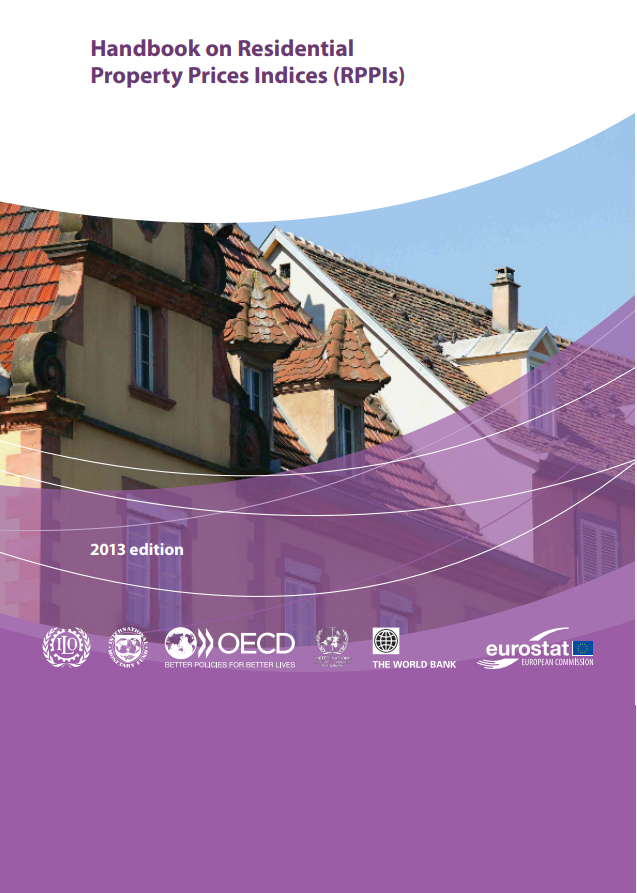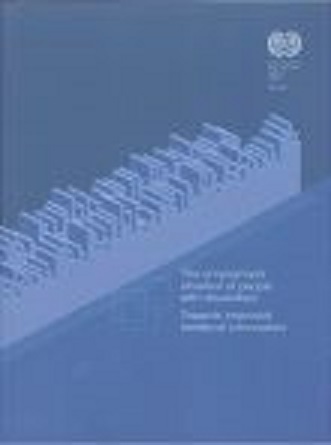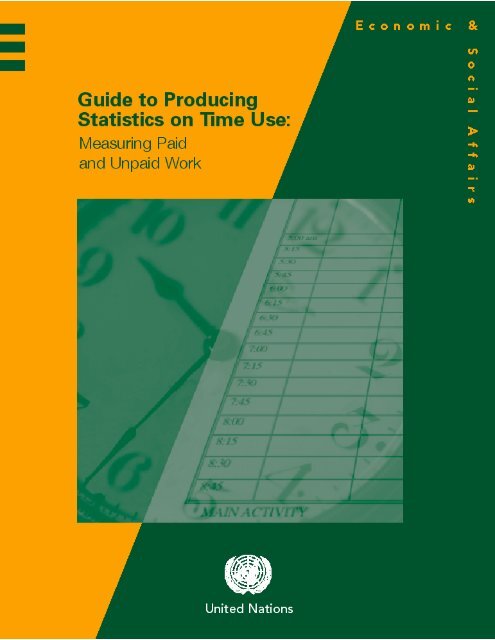
Handbook on Residential Property Prices Indices (RPPIs). 2013 edition
This handbook provides comprehensive guidelines for the compilation of RPPIs and explains in depth the methods and best practices used to calculate an RPPI. It also examines the underlying economic and statistical concepts and principles guiding the methodological choices on which the indices are based. The handbook primarily addresses official statisticians in charge of producing RPPIs, and provides a harmonized methodological and practical framework for all parties interested in their compilation. Written by leading academics in index number theory and by recognized experts in RPPIs compilation, this handbook was co-ordinated by Eurostat, with the collaboration of the ILO, the IMF, OECD, UNECE and the World Bank.
Handbook on Residential Property Prices Indices (RPPIs). 2013 edition Read More »






